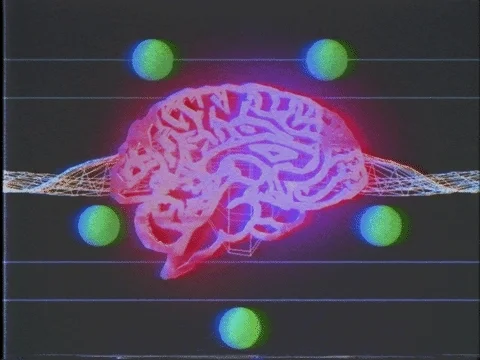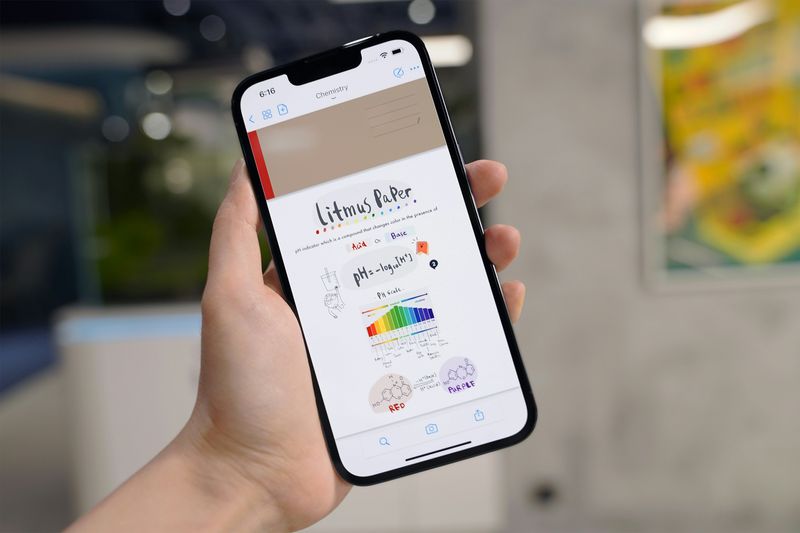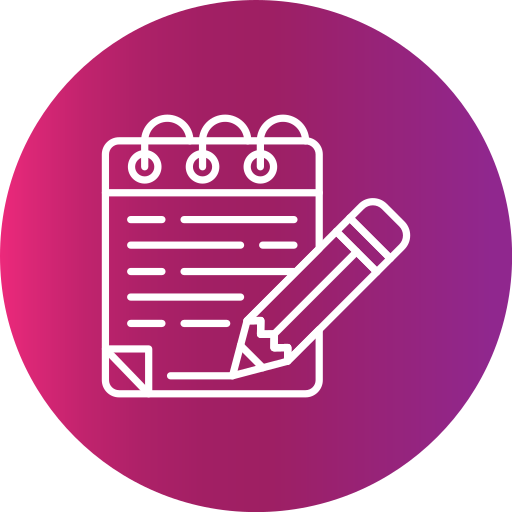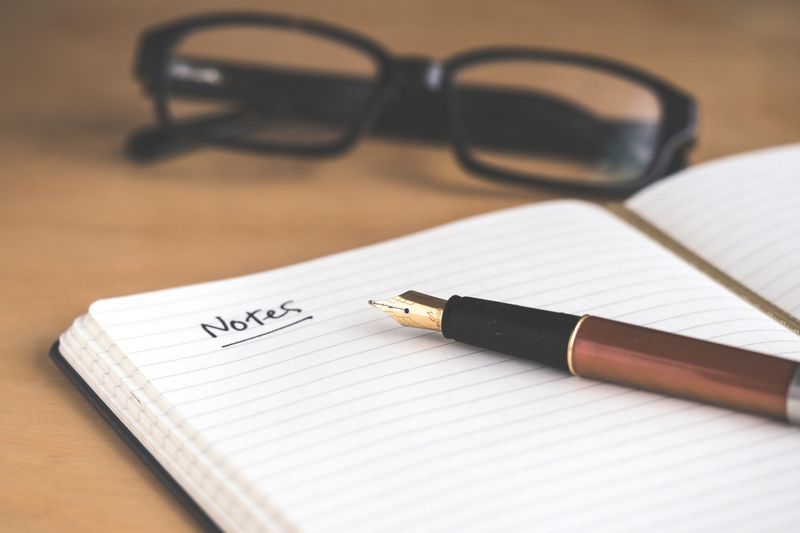
This logo isn't an ad or affiliate link. It's an organization that shares in our mission, and empowered the authors to share their insights in Byte form.
Rumie vets Bytes for compliance with our
Standards.
The organization is responsible for the completeness and reliability of the content.
Learn more
about how Rumie works with partners.

Ah, the mysteries of note-taking!
How do you know what to write down? How do you determine what's important? What is the best note-taking method?
Taking effective notes will make studying for that test or exam easier! Take a look at how you can improve your note-taking skills with these handy note-taking methods.
1. Outline Method
Writing Outline Notes
Create a numbered list of the main topics in the lecture.
Under each topic, create subtopics.
Under each subtopic, create key points.
Watch the video below to see an educator break down the outline note-taking method:
2. Cornell Notes

Consider using the Cornell note-taking method when you need to divide your notes up for easier review later.
Using Cornell Notes
Instead of a plain outline, you'll divide your note paper into three sections:
Notes to paraphrase the lecture's main ideas.
Cues to write important questions and prompts for later reviewing.
Summary to briefly condense the main ideas.
The video below shows how the Cornell note-taking method works:
Cornell notes are like a detailed version of outline notes. Cues are listed to the side margin while explanations are written in the main section. Notes are summed up in the summary section at the bottom.
Cornell notes can have a blank space, be lined, dotted, or have a graphing section (for math notes). You can find digital Cornell templates and directions for completing them at AVID Open Access.
3. Mind Map Method

Mind maps allow you to relate topics to a main theme or idea. Topics that interlock within subjects are a great place to use mind mapping.
You begin by writing the topic or main theme/idea in the center of your page then branch off with each subtopic.
Using Mind Mapping
Identify the central theme. This will be at the center of the mind map.
Identify the subtopics. These will branch from the central theme.
Add keywords. These will branch from the subtopics
Make connections. Connect the subtopics and keywords
The video below shows you an example of the mind map note-taking method:
4. Visual Note-taking
 Photo by Kelly Sikkema on Unsplash
Photo by Kelly Sikkema on UnsplashDo you like to draw, doodle, or sketch things out? Then try visual notetaking! Visual note-taking "combines traditional handwritten notes with drawings."
Using Visual Note-taking
The visual note-taking method is also known as doodling or sketch notes. It includes using symbols, icons, arrows, fancy fonts, or any drawing that will make your notes stand out and be remembered.
Using Technology
 Photo by GoodNotes 5 on Unsplash
Photo by GoodNotes 5 on UnsplashAny note-taking methods can be paper- or technology-driven.
One drawback to using technology: you're more likely to copy what your teacher or professor says word-for-word.Writing notes word-for-word leads to shallow processing of the notes. Also, you may be tempted to veer away from note-taking to pursue other interests while on the laptop!
Quiz: James' Notes

James is a high school sophomore in Algebra II. His teacher, Mrs. Garcia, introduces complex concepts and challenging problems. James struggles to keep up and realizes his current note-taking method — writing down everything the teacher says — is disorganized and ineffective.
With a test on quadratic equations approaching, James decides to try different note-taking methods:
Cornell notes: James uses a graph-type Cornell note-taking system to draw out quadratic functions given in class, with cues and a summary for later study.
Outline method: James creates titles for the main topic of quadratic functions. He then lists subtopics and main points, such as formulas, and uses.
Mind mapping: James begins by writing "quadratic functions" in the center of a blank page. He branches concepts, such as formulas and uses, from the center.
Visual note-taking: James decides to put his creativity to work and draw notes on quadratic equations and formulas. He uses colors to make concepts stand out.
Quiz
Which note-taking methods work best for James in this class? Select all that apply:
It's best for James to use a combination of Cornell notes and visual note-taking. He uses visual note-taking for his class notes, which allows him to draw out the formulas and concepts presented in class. He later transfers the visual notes to Cornell notes, which helps him problem-solve, summarize key points, and graph needed functions for later review. This hybrid approach keeps James' notes organized. It also allows James to engage more actively with the material and perform better in his math class.
Take Action
 Photo by David Travis on Unsplash
Photo by David Travis on UnsplashNote-taking is a proven strategy for remembering important points and ideas in the classroom.
It promotes active listening, improves comprehension, and organizes thoughts. Effective note-taking is essential for reviewing material later for a test or quiz.
Learn more about note-taking methods below:
This Byte has been authored by
Wendy McMillian
Learning Designer
B.S., M.A.T.
 The simplest form of note-taking is the outline method. It's one of the easiest ways to take notes.
The simplest form of note-taking is the outline method. It's one of the easiest ways to take notes. 